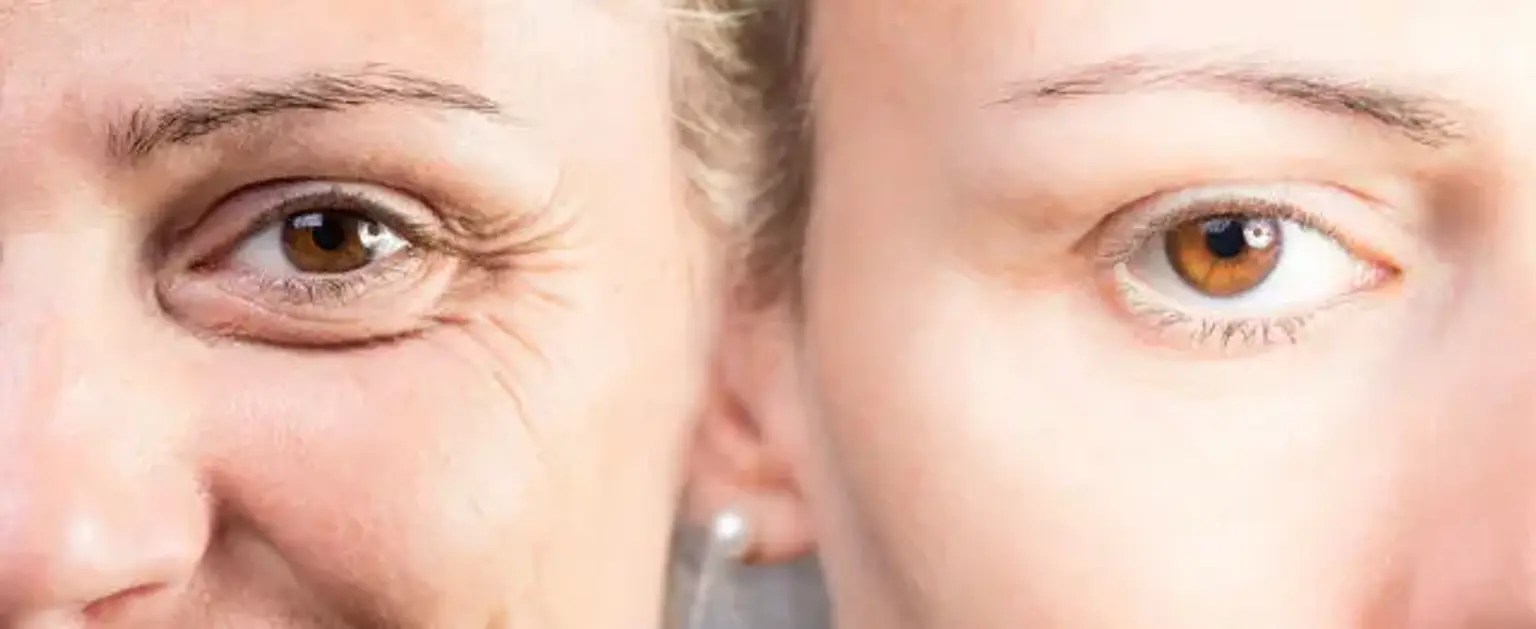Crow's feet
Overview
Crow's feet are the fine lines and creases that appear at the outer corners of your eyes. These wrinkles come in two types: dynamic and static. Facial expressions are thought to be the primary cause of dynamic wrinkles. Every smile, frown, and raise of the brow has led to the formation of small wrinkles around the corners of the eyes.
Natural causes of static wrinkles include gravity and aging. Our skin begins to lose elastin as we age, a protein found in our skin that is crucial for keeping our skin firm. When it starts to fade, our skin becomes loose, allowing us to manipulate it without returning to normal. As the skin continues to wrinkle and elasticity disappears, the consequence is seemingly permanent lines.
The treatment you choose will be determined by the degree of your crow's feet as well as your desired outcome. In certain circumstances, a combination of therapies may be recommended (e.g, topical cream, Botox).
